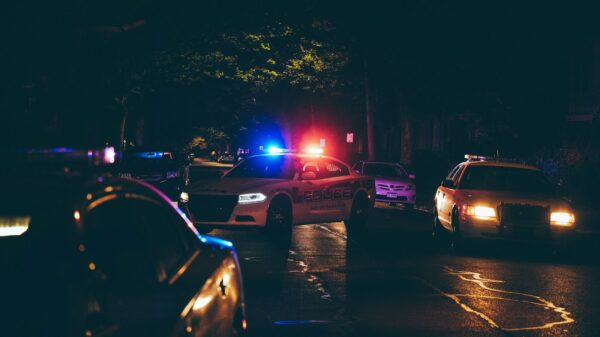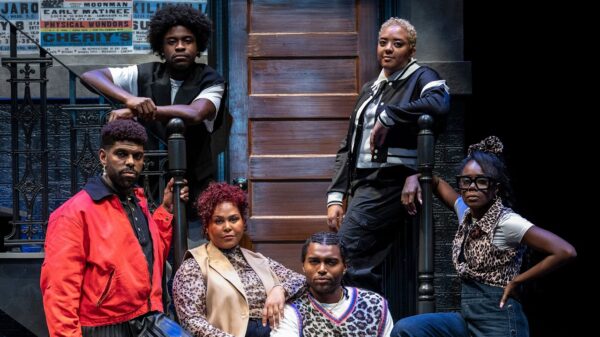
Senior Vice President and Chief Strategy Officer Rashad Young said that the best evidence of why the water pipe burst in Howard Plaza Towers East in December was because the pipe’s previous repairs deteriorated over time. The pipe was soldered behind a wall in what he said was an old building with old system fixtures.
About 60 units and 125 students were impacted after that water pipe burst in Towers East on Dec. 18, and students subsequently needed to relocate to temporary housing units around campus. Over the past several weeks, contractors have been working to fully restore the impacted rooms.
Soldering happens when any metal or alloy is melted and then cooled in between the gap of two or more types of metal to conjoin them, according to engineering company Xometry. This is what broke down and led to a water line rupture, Young said in an interview.
The university said they expect this work to last three to four months as of Jan. 3, and in late January, HUSA said they expect students to begin moving back in on the first floors by the end of last week.
When the water pipe burst behind the wall, water flowed into one room and then flowed out and down into others, impacting floor eight down to the P-level, Young explained.
Though it is not clear which type of metal was used to solder the pipe before it burst, Xometry said lead-free alloys and tin-copper or tin-silver-copper alloys are commonly used in plumbing applications.
Welding information company Welding Mastermind said that solder made with non-lead alloys can last three or more years from the date it was manufactured before expiring.
The Hilltop reached out to Belfor, one of the contractors working on the rooms, for comment on the process of restoration and details of the water pipe burst and soldering deterioration, but was referred to the university.
“As our contractors finish the restoration of rooms,” Young said, “we will inspect – Howard will inspect those rooms and make sure that they are ready and appropriate and then those rooms will be released and we will then move students back.”
HUSA Vice President Jay Jones said she and HUSA President Nia Naylor have been receiving updates about the restoration process since the burst occurred. She explained that several factors are considered regarding determining the extent of the water damage and contractors are checking rooms, hallways and other critical infrastructure within the building.
“When I say it’s a process, there’s just so many different steps and there’s so many different pieces that go into the recovery process and what it looks like,” Jones said. “The most important thing I wanted to be able to see was, ‘Here’s the work that’s being done.’”
Jones noted that Howard has some “older buildings,” and that one of the challenges the university faces from an infrastructure standpoint is sometimes not being able to analyze in depth the technology and infrastructure that some of these buildings have.
Howard Plaza Towers East and West, which were built in 1988, underwent their first major renovation projects in 2018 and 2017, respectively.
“We can’t necessarily see all of the problems that we’re going to experience,” she said.
Jones said that HUSA, specifically the student advocacy department, desires to remain transparent with the student body and work with the administration to maintain transparency.
Copy edited by Alana Matthew









